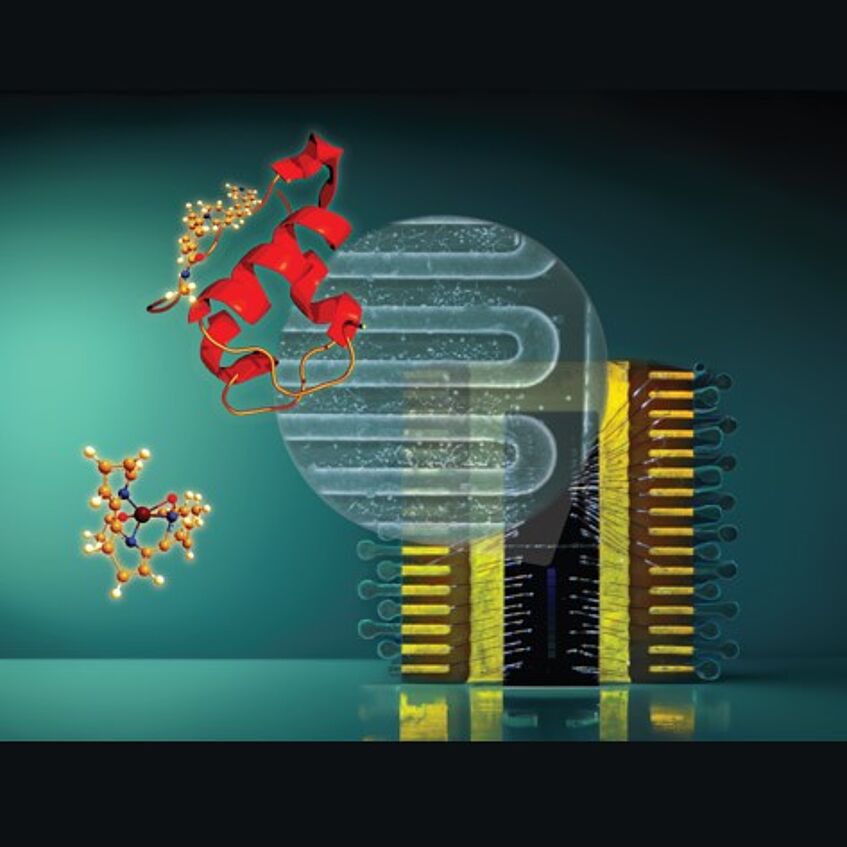Highly sensitive detection of single protein ions using superconducting nanowires
Highly sensitive detection of single protein ions using superconducting nanowires
Title of the project: Superconducting Mass Spectroscopy and Molecule Analysis
Name of the VDSP student(s) & image credits: Marcel Strauss, Hua Yong, Philipp Geyer & Ronan Gourgues
Project supervised by: Markus Arndt
About me/us: As a Ph.D. student in the Quantum nanophysics group of Univ. Prof. Markus Arndt, my research centers on the detection and generation of macromolecule and protein ion beams, focusing on the EU FET-OPEN project SuperMaMa (Superconducting Mass Spectroscopy and Molecule Analysis).
The European consortium comprises Single Quantum as a leading company in the fabrication of superconducting nanowire detectors, EPFL Lausanne as experts in cryogenic electronics, MSVISION as specialists in mass spectrometry, the University of Basel as specialists in chemical synthesis and protein functionalization, and the University of Vienna as experts in molecular beam science, quantum optics and superconductivity, with the main focus on the final system integration.
Image: Detecting macromolecules or protein ion beams requires detectors with high detection efficiency and precise spatial resolution. Traditional beam detectors often struggle to achieve significant detection efficiency, especially at high ion acceleration voltages. The image aims to illustrate the detection of individual protein ions using a superconducting nanowire. These detectors outperform conventional ion detectors by up to three orders of magnitude in detection yield at low impact velocities. Consequently, they redefine the capabilities of conventional detectors by allowing discrimination of molecules based on their kinetic energy rather than their mass-to-charge state.
The background and nanowire are altered in Photoshop with the Generative Fill AI. (Human Insulin. PDB:3I40)

